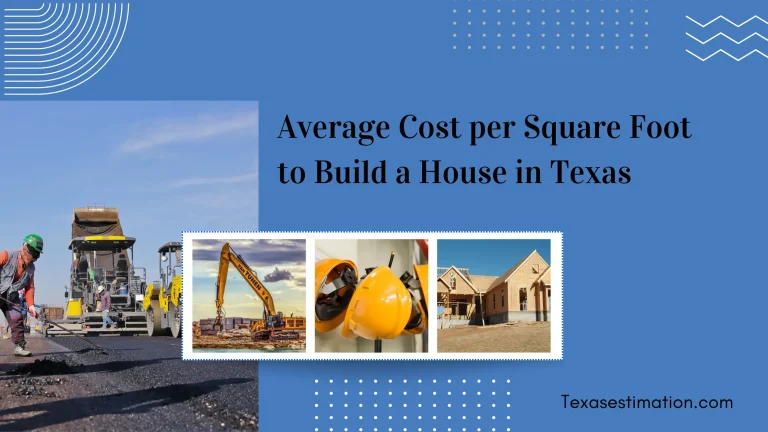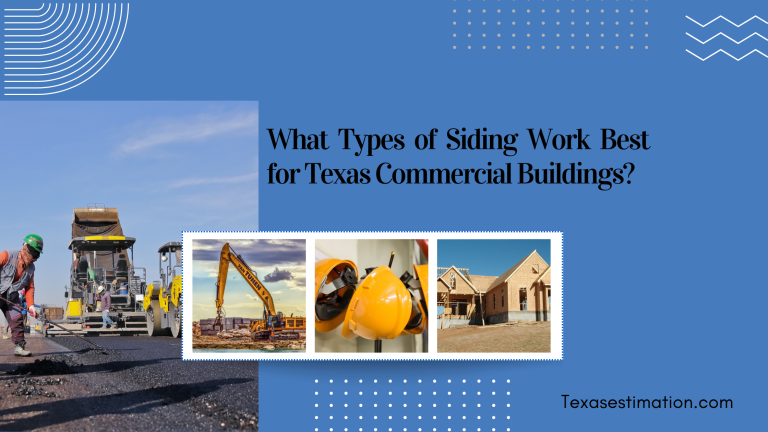How Much Does It Cost to Build a 2,000 Sq Ft House in Texas?
Last Updated:October 2, 2025
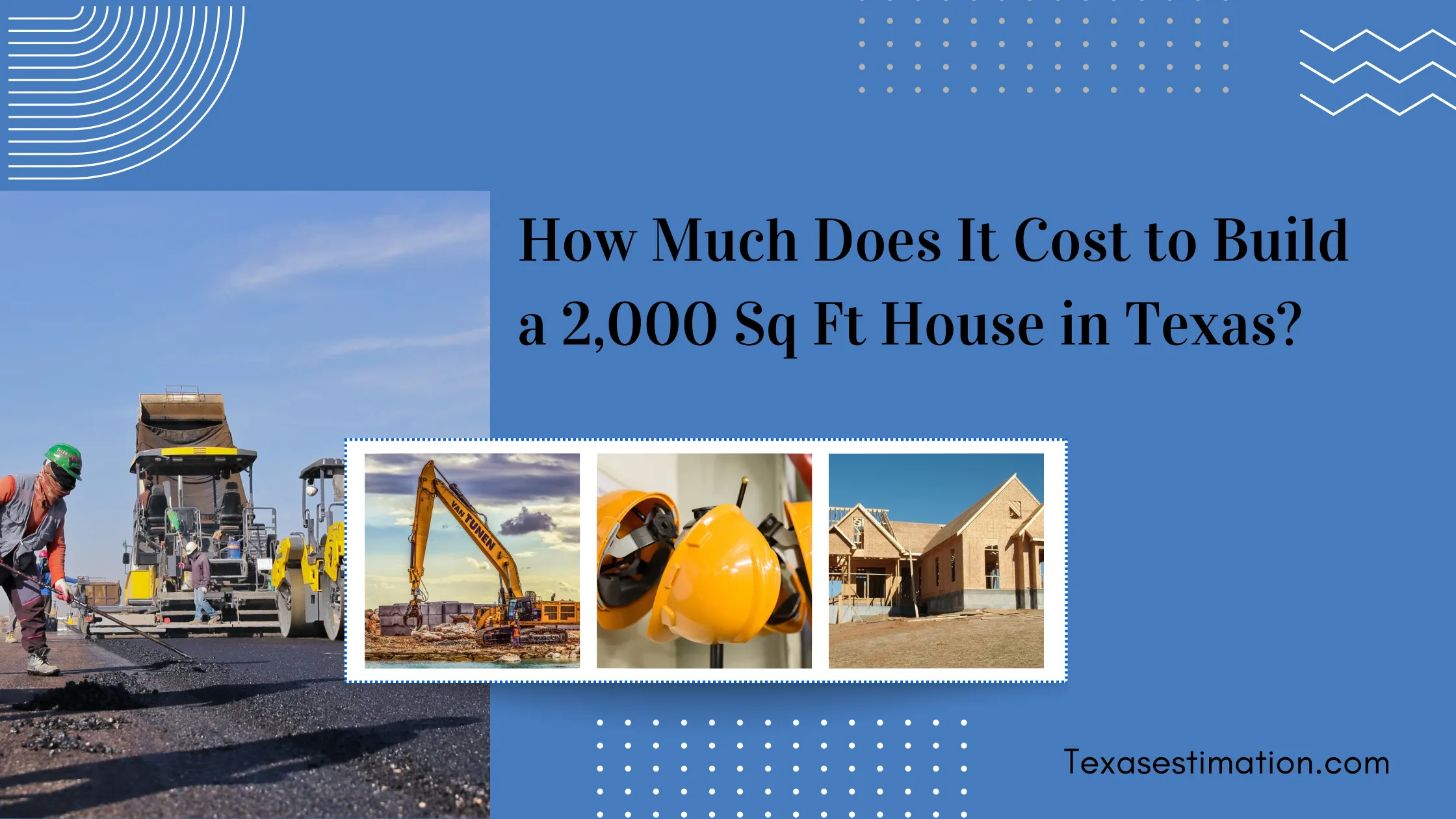
Building a house is often one of the most significant investments a person can make. For those planning to construct a 2,000 sq. ft. on average, the cost to build a 2,000 sq. ft. house in Texas will be $200,000 to $400,000. This wide range accounts for differences related to location, design complexity, material quality, and the reputation and skill of the builder. Costs are generally lower in Texas than elsewhere, partly because the land is inexpensive, labor costs are competitive, and the business climate is attractive. This book will guide you through various elements of constructing a 2,000 sq. ft. home in Texas, breaking down costs, highlighting key factors influencing those costs, and exploring strategies to avoid budget overruns. By incorporating Texas estimation services, you can get cost projections and ensure that you have a realistic financial plan before you begin construction.
Cost breakdown of Building a 2,000 Sq. Ft. House
The construction of a house is based on many different costs, and it can be broadly categorized into several segments. Below, we will examine each category with examples of the expenses a homeowner may incur.
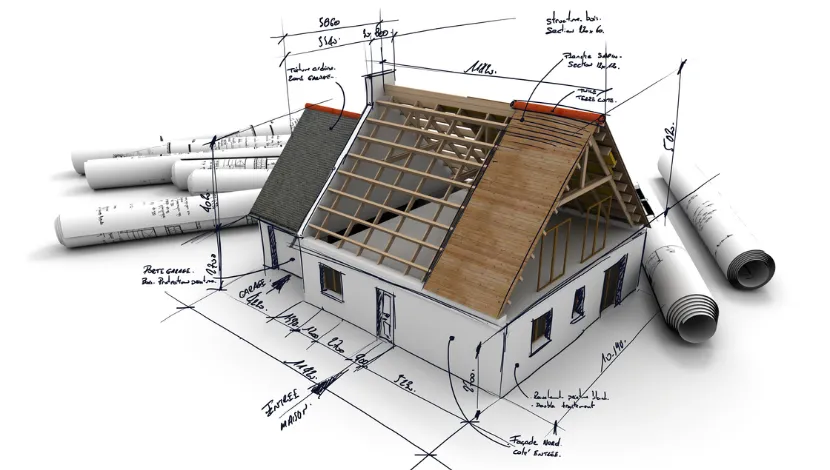
Foundation Costs
One of the most significant parts of any construction project is the foundation. The cost varies widely based on the type of foundation and the soil conditions in the area. Some of the most common foundations used in Texas are pier beams and crawlspace foundations, but slab-on-grade is the most common.
Slab-on-grade foundations, where a concrete slab is poured directly on the ground, are common in Texas, especially when the soil is stable. The cost for slab-on-grade foundations in a 000 sq. ft. homes in cities like Houston ranges from $6,000 to $10,000. This includes excavation, reinforcement, and pouring of the slab.
A slab-on-grade foundation will cost more money in Dallas, just because of the expansive clay soils in the Dallas area. Soil stabilization, or adding extra material to prevent the soil from shifting, may add $12,000 to $15,000. An additional cost involves redoing some excavation and reinforcing the concrete.
Pier- and bermas foundations are more expensive, and concrete or steel piers are used to support the structure above ground. This is typically used in flood-prone areas or expansive soils. The cost of such types of foundations runs from $15,000 to $25,000 or more, depending on their complexity.
Framing Costs
Framing refers to the structural framework that forms the house’s skeleton, including walls, floors, and the roof structure. The cost is heavily influenced by the type of framing material and the complexity of the design.
Standard framing for a standard design, a simple rectangular floor plan, will be $25,000 – $35,000. All labor, materials, and structural prices cover the house’s needs. If your design is more complex, with vaulted ceilings, custom rooflines, or steel framing for strength, the cost of framing will be between $40,000 and $50,000 or even more. These enhanced features usually need more labor and higher material costs.
Roofing Cost
Roofing is the other significant aspect; your choice of material will significantly affect your overall cost. Asphalt shingles are the most common roofing material and are relatively cheap. Installing asphalt shingles on a 2,000 sq. ft. home usually costs $5,000 to $8,000.
Its lifespan is 15–30 years, providing good protection against the elements. Metal roofing could be the best choice if you desire a more modern and durable. In TR Gas, especially locations like Austin, where energy efficiency counts, a metal roof would cost between $12,000 and $25,000 for a home with 2,000 sq. ft.
Though more expensive at initial cost, metal is significantly more energy efficient. It can last more than 50 years and can shield a house against nature much better than strong winds, hail, and extreme temperature conditions.
Exterior and Siding Costs
An external finish to any house determines, in many instances, the quality of its outward appearance and its general durability. From the budget point of view, the siding options and exterior finishing are among a few of these factors. Bricks as exteriors are used commonly and practically in Texas.
This would cost installing brick siding 2,000 sq. A brick house could range from $15,000 to $25,000 for both the cost of the brick and the labor for a home that’s 2,000 square feet. It requires very low maintenance and has excellent insulation while keeping a more or less timeless, durable finish. In case of interest in the look of being in a more Mediterranean or Southwestern place, the stucco might work, with costs estimated at anywhere between $10,000 to $18,000 for 2,000 sq. ft. in Texas. Stucco is cheaper, insulates better, and requires low maintenance; that’s why it has become the preference in certain sections of Texas like San Antonio.
Plumbing and Electrical Costs
Plumbing and electrical are the other two systems that must be installed before a dwelling can operate. These should be planned with the highest care, and the workers involved must all be qualified workers who fulfil all codes and perform an efficient task.
Plumbing for a 2,000-square-foot house with three bathrooms, a kitchen, and a laundry area would cost between $10,000 and $12,000. All the piping plus fixtures, sinks, toilets, showers, and other plumbing the house will have are included.
For instance, an electrical system for a 2,000 sq. ft. house may cost between $10,000 and $15,000, depending on how complicated the system will be. More smart home features like voice-controlled or security systems lighting also increase the price of the electrical work.
Interior Finishes
However, interior finishes can also affect the total cost of building a house. What you choose to put into your home will make it more expensive or cheap, and it will eventually determine how it will look.
The flooring cost can be quite variable depending on the material you choose. For example, laminate may cost around $5,000 for a 2,000-square-foot house, while hardwood costs more than $12,000.
Kitchen renovations will be another high expense. Custom cabinetry and quartz countertops for a 2,000 sq. ft. house can range between $18,000 to $25,000. These will be more costly than the basic option, but they will prove worthwhile in terms of durability and long-term appearance.
HVAC System
Because Texas summers are hot, a functional HVAC system would ensure comfort while saving energy.
Example 6: Installing central air conditioning in a 2,000-square-foot house will cost between $5,000 and $7,000. This might include the unit, ductwork, and labor.
A zoned HVAC system is useful for larger homes or if different areas require a lot of energy. It can control the temperature in every area of the house and costs between $8,000 and $12,000.
Permits and Fees
The other things are the permit and fee, which are necessary during construction. The fees vary depending on where in the state of Texas you are. Different regulations and fees apply in various cities or counties.
In big cities, such as Houston, permit fees for residential construction are about $3,000, while the areas in East Texas, that is, the more rural areas, might just charge a range of $1,500 to $2,000 for such permits.
External Factors Influencing Construction Cost
As highlighted in the cost breakdown above, other external factors determine the costs, with the major construction components being the elevations and interior. Texas construction cost projections allow homeowners to avoid overruns by estimating material and labor price trends. They help in planning a better budget that can be considered for better management in terms of demand, labor shortage, and even stricter building codes.
Location and Land Costs
Land prices in Texas depend on the location. Urban locations, such as Austin or Dallas, cost $50,000 to $100,000 for a 2,000 sq. ft. plot. Suburban locations are less expensive, ranging from $30,000 to $60,000. Rural locations have the cheapest land, costing between $10,000 to $30,000, but often add extra utility costs. The nearer to a city, the higher the land cost.
A residential plot in Dallas will cost between $50,000 and $100,000. The plot determines the price range depending on how close it is to the city center and the availability of amenities in the local setting. In rural areas of Texas, a similar plot will cost from $20,000 to $40,000, affecting the building cost.
Complexity of Design
Simple, generic designs are less expensive, and the home price will range from $200,000 to $250,000 for a 2,000 sq. ft. home. Custom designs with vaulted ceilings or special rooflines tend to be above $350,000. Huge windows or dramatic staircases have a high premium attached to the price. Detailed designs require increased labor and specialized material. Choosing a simple structure will save a lot on construction costs.
Material Cost
Material cost is volatile and, therefore, impacts the total construction. Lumber might be costly when supply runs low, and framing might cost 20-30% more. Luxury materials such as marble or hardwood floors are much more expensive than laminate or vinyl. Quality of materials means an aesthetically attractive and durable house or building. Deciding on cheap and durable materials will keep costs low.
Labor Availability
The demand and supply of skilled workers are the elements that affect labor costs. Those areas with a high demand for construction often involve higher wages and longer timelines. In some instances, labor shortages in specific trades like plumbing or electrical work may cause the costs to increase and delays happening. More skilled and specialized labor is much more expensive. Reliable access to contractors is required to avoid delays and unexpected expenses.
Strategies to Avoid Budget Overruns
Successfully managing construction costs requires careful planning and proactive monitoring. Here are several strategies to help homeowners avoid unexpected budget overruns.
Accurate Estimations
Experts on Texas construction cost projections can guide homeowners or contractors on being ahead of the curve regarding price trends on materials and labor, thus effectively managing their budgets. These projections provide regional trends to help them change their budgets accordingly. With such knowledge, they can implement strategies to save costs and avoid overruns, which are usually unpredictable. This is a proactive way of ensuring the project stays within budget, even in case of unanticipated cost changes.
Efficient Design Choices
Simplifying and making the design more efficient can cut the cost drastically. For instance, a rectangular floor plan is less expensive than a complex angular design with many corners and custom features.
Material Takeoff
A homeowner in Texas must have a material takeoff to avoid running over budget. It will give you an accurate count of the materials needed and the cost of such materials, giving you a realistic budget. It will enable you to choose vinyl siding instead of brick or stucco since this can save up to $10,000 or $15,000. Preventing surprises while having funds keeps your construction project financially in check.
Recruiting Dependable Contractors
Engage reliable contractors who know the local building codes and regulations; this will avoid mistakes, causing delays and unexpected costs. Vet the contractor properly and have multiple bids so that you are getting the best price for quality work
Monitoring Regularly
The project’s progress is regularly monitored, which means that work is always on schedule and within budget. Issues are caught early, and you can address them before they become expensive delays.
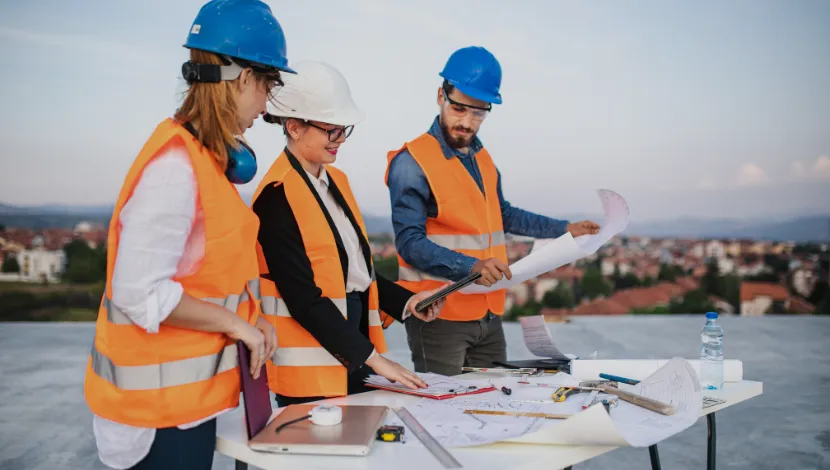
Conclusion
A 2,000 sq. ft. house in Texas is a construction project involving many variables that cost between $200,000 and $400,000. This is where the estimation services become significant; the homeowners get to know all the details concerning the breakdown of costs, how the factors play a role in pricing, and how overruns could be avoided in budgeting. Therefore, cost control and planning are made to save time and money in stress-free home building with professionals.
Recent Post
-
How Much Do Civil Engineers Make in Texas?
With the rapid development of infrastructure and construction in Texas, the demand for skilled civil engineers is always high. The average salary range is usually between $75,000 and $125,000 annually. However, this…
-
Average Cost Per Square Foot to Build a House in Texas
The average cost per square foot to build a home in Texas is between $100 to $150 per square foot for standard construction. Assuming standard finishes and simple design, this would bring…
-
What Types of Siding Work Best for Texas Commercial Buildings?
Texas is known for extreme weather, hot temperatures, stormy storms, and varied climates that require siding to make a building’s curb appeal shine and withstand every condition. When it is…


